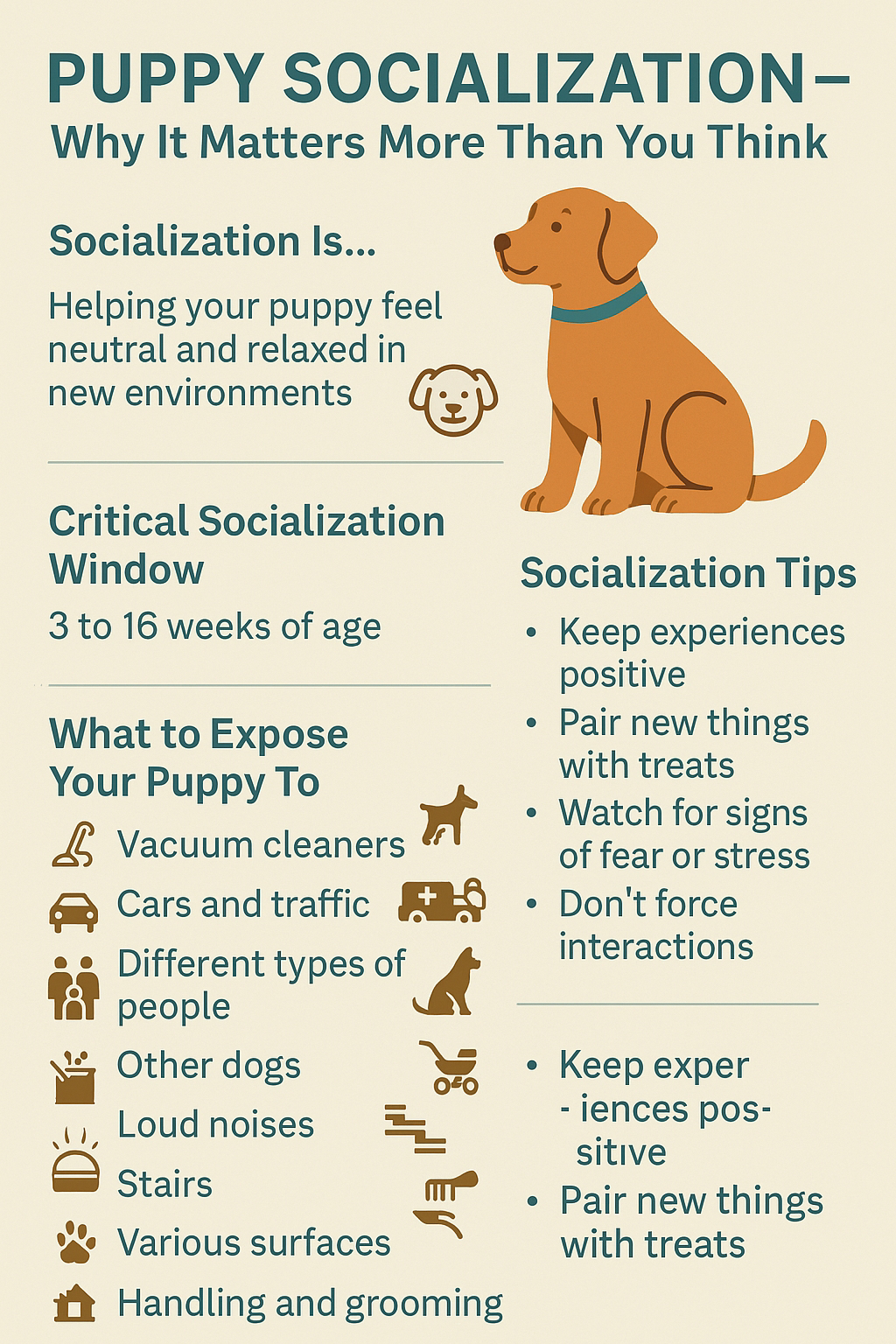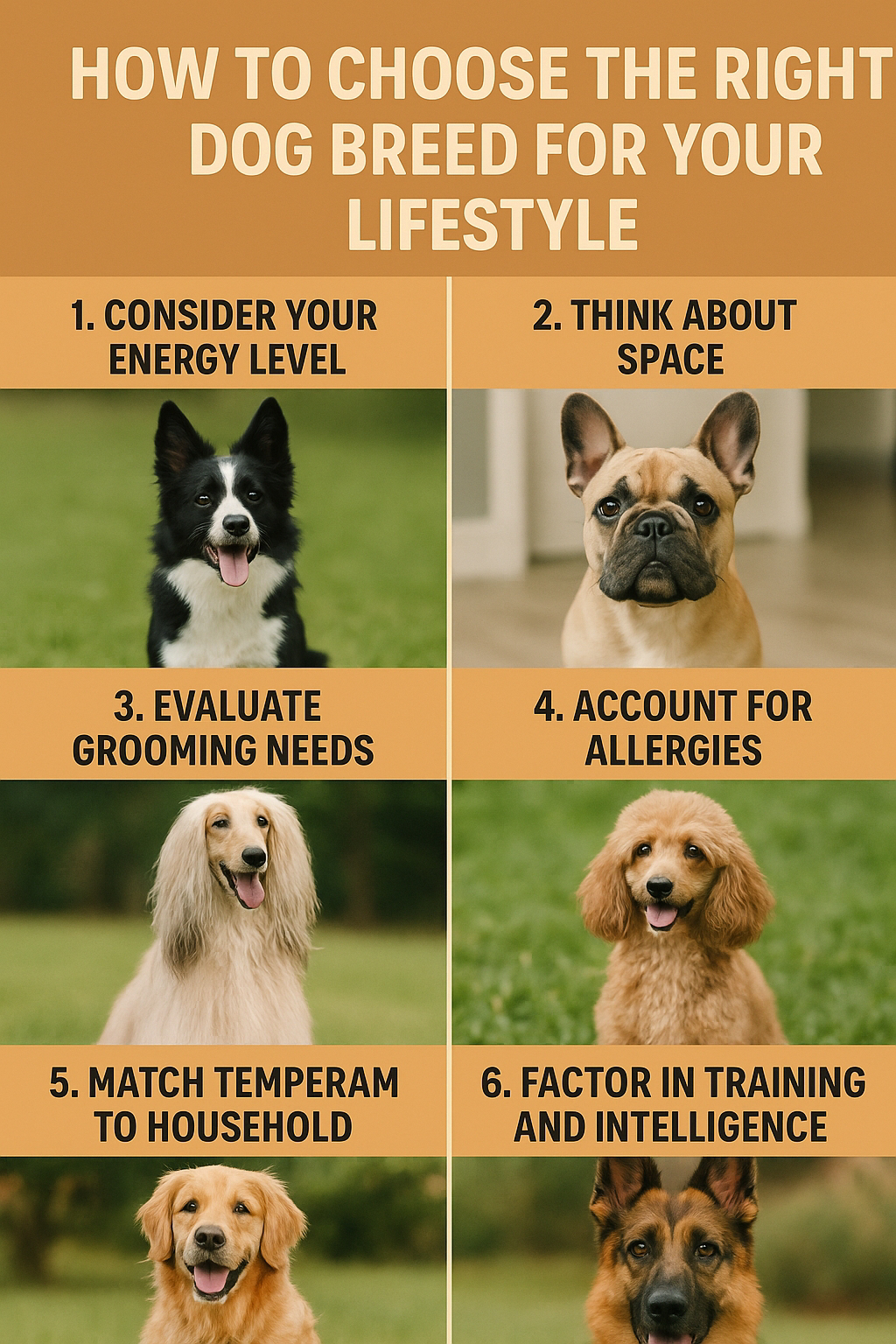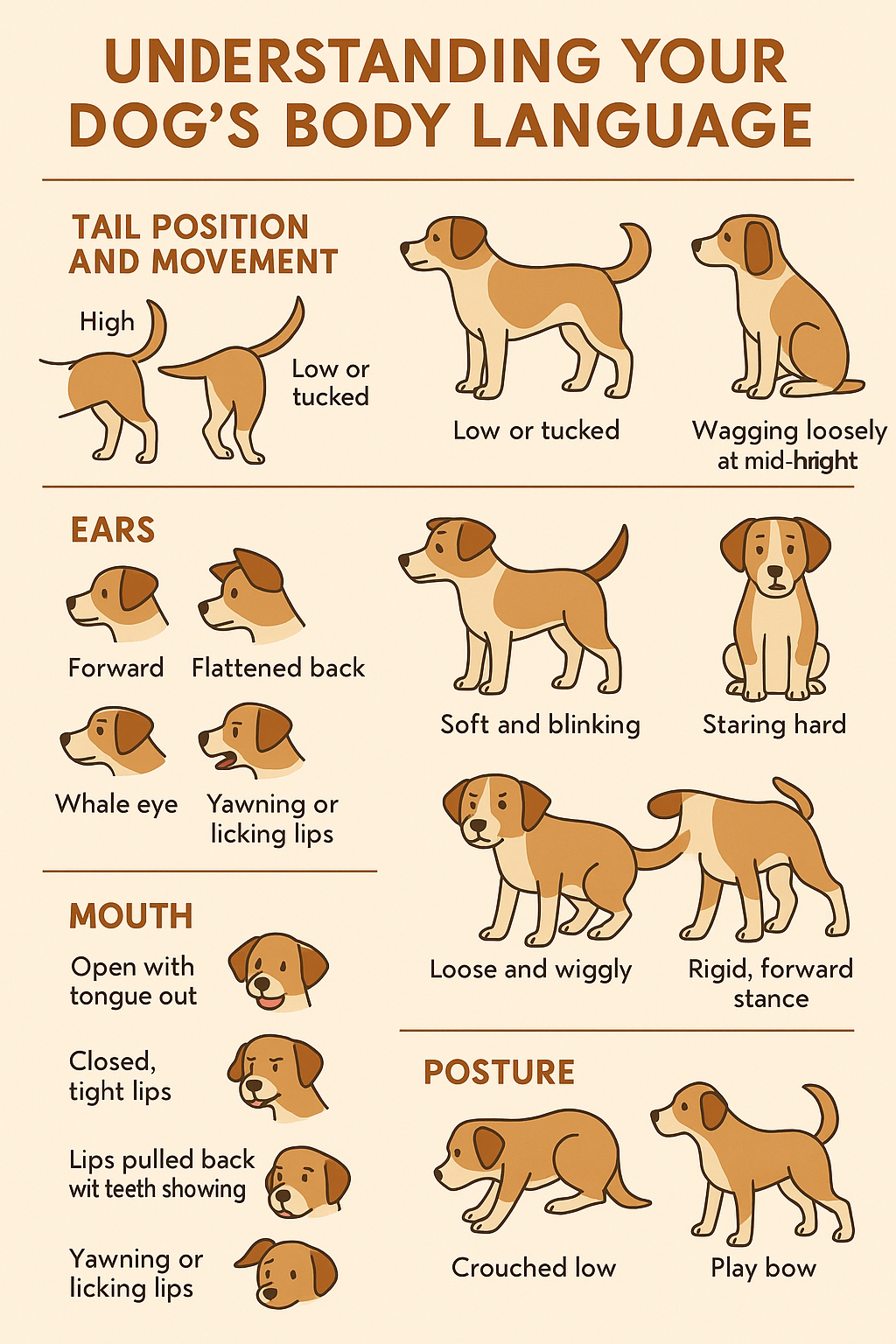The good news? Keeping your dog’s brain active doesn’t have to be complicated or expensive. In this post, we’ll explore ten fun and practical enrichment activities that will keep your dog mentally engaged, reduce unwanted behaviors, and strengthen your bond together.
Why Mental Stimulation Matters
Mental enrichment for dogs is more than just entertainment—it’s about fulfilling their natural instincts. Dogs were bred for jobs: hunting, herding, guarding, retrieving, and tracking. Even if your pup is a couch companion now, those instincts are still alive and well.
Without enough outlets for their energy and intelligence, dogs may:
- Chew furniture or shoes
- Bark excessively
- Dig holes
- Develop anxiety or stress behaviors
On the flip side, regular enrichment can:
- Increase confidence
- Reduce stress and boredom
- Provide an outlet for natural instincts
- Create a calmer, happier home environment
1. Puzzle Toys and Food Dispensers
Puzzle toys encourage your dog to problem-solve to earn a reward. Popular options include:
- KONGs stuffed with peanut butter or kibble.
- Snuffle mats where dogs sniff and forage for hidden food.
- Interactive puzzle feeders that require sliding, lifting, or pawing at compartments.
These toys not only slow down eating but also keep dogs busy for extended periods.
2. Scent Games
A dog’s sense of smell is extraordinary—tens of thousands of times stronger than ours. Harnessing that power is one of the best ways to provide enrichment.
Easy scent games include:
- Find the treat – Hide small treats around a room and encourage your dog to sniff them out.
- Which hand? – Hide a treat in one hand, close both fists, and let your dog choose.
- Scent trails – Drag a treat across the floor and let your pup follow the trail to the prize.
As your dog improves, increase the difficulty to keep them challenged.
3. Training Sessions
Training is enrichment! Teaching new tricks or practicing obedience engages your dog’s brain, reinforces your bond, and provides structure. Short, positive training sessions can be more tiring than a walk.
Ideas for training sessions:
- Fun tricks like “spin,” “bow,” or “roll over.”
- Advanced obedience like “place” or “leave it.”
- Practical skills like walking politely on leash.
Just 5–10 minutes of training a day can make a huge difference.
4. Interactive Play
Play is more than exercise—it’s a chance to connect. Games like tug-of-war, fetch with rules, or flirt poles (a toy on a string and pole) all require your dog to think, react, and engage.
Interactive play teaches impulse control and provides a mental workout alongside physical exercise.
5. Rotating Toys
Just like kids, dogs get bored of the same toys. Instead of leaving every toy out at once, rotate them weekly. This makes old toys feel new again and keeps your pup interested.
Consider adding different textures, sounds, and shapes to the rotation to keep things exciting.
6. DIY Enrichment
You don’t have to spend a lot of money—many enrichment activities can be made with items already at home.
- Muffin tin game – Place treats in muffin tin cups and cover them with tennis balls.
- Cardboard boxes – Hide treats inside and let your dog shred the box to get them.
- Towel roll-up – Roll kibble inside a towel and let your dog unroll it to find food.
Always supervise at first to ensure safety.
7. Socialization Outings
A change of scenery is enrichment in itself. Take your dog to a new park, pet-friendly store, or a different walking route. New smells, sounds, and sights stimulate the mind and prevent routine boredom.
For dogs that enjoy it, playdates with other dogs can also provide social and mental stimulation.
8. Digging Zones
Dogs love to dig—it’s instinctive. Instead of fighting this behavior, channel it appropriately.
- Provide a sandbox or digging pit where your dog can dig freely.
- Hide toys or treats for them to uncover.
- Encourage digging only in approved areas to save your garden beds.
This not only satisfies their natural urges but also provides a fun treasure-hunting activity.
9. Chewing Options
Chewing is a natural stress reliever for dogs and a fantastic form of enrichment.
Safe chew options include:
- Bully sticks
- Antlers
- Rubber chew toys
- Frozen stuffed KONGs
Chewing not only occupies your dog but also promotes dental health and relaxation.
10. Enrichment Through Jobs
Many breeds thrive when given a “job.” Whether it’s carrying a backpack on a walk, learning to pull a cart, or practicing agility, jobs provide purpose and stimulation.
Ideas include:
- Herding lessons for herding breeds.
- Nosework classes for scent-driven dogs.
- Teaching a service-like task at home, such as fetching slippers or closing doors.
When dogs feel useful, they feel fulfilled.
Putting It All Together
Enrichment doesn’t have to be overwhelming. Start small—introduce one or two new activities into your dog’s routine and build from there. Rotate games, toys, and challenges so your pup never knows what to expect.
The goal is simple: keep your dog’s mind active and engaged. A mentally stimulated dog is more balanced, less destructive, and ultimately happier.
Final Thoughts
Every dog is unique. Some may prefer scent games, while others love digging or problem-solving puzzles. The best enrichment plan is the one that taps into your dog’s natural instincts and fits your lifestyle.
By investing in mental stimulation, you’re not just preventing boredom—you’re giving your dog a richer, more fulfilling life. And that’s the greatest gift you can give your best friend.
🐾 What about you? Which enrichment activity does your dog love most? Share your favorites in the comments—I’d love to hear your ideas!














